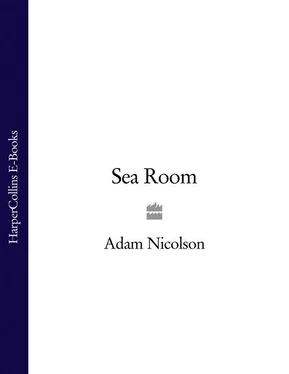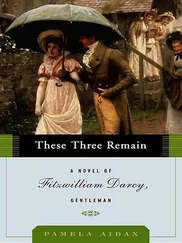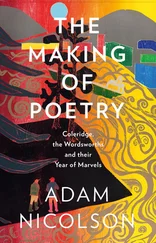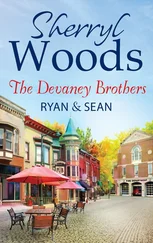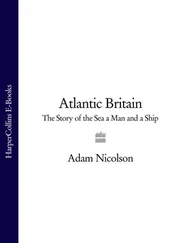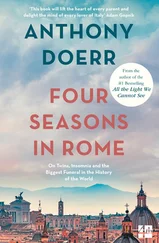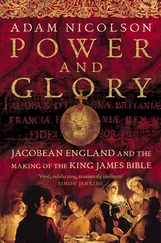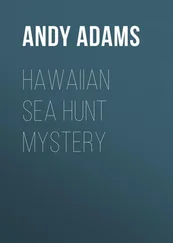I don’t mind this crudity. It is quite unfeminine. There are no curtains. I am afraid to say that the smears and scrabblings which the rats have left on the walls since they were last painted four or five years ago are still there. The hook from which my father suspended his bags of food in the 1930s still hangs from the ceiling. The guttering candles and smoking lanterns have coated the ceilings with a film of grey soot. Women don’t like it much. Compton MacKenzie could never persuade his wife to stay there with him. My own mother only went once and never again. Sarah, my wife, has braved it twice but not with much enthusiasm and will not, I think, return. Although in the 1930s, and again after the war, picnics of fishing families from Scalpay went out there for the day, the women sitting on the grass in their floral prints and their cardigans, this is not now a female place. Of course, for centuries it must have been as much woman’s as man’s country, but the islands’ modern isolation has masculinised them, as though they have become part of the sea, which is the male domain. ‘You see that hill there?’ Joan MacSween, the widow of a fisherman on Scalpay said to me, ‘That’s as near as I would ever like to get to the sea.’ She was pointing at a rock outside her front door. The shepherds now never take their wives or girlfriends.
After dumping my belongings in the house, and gathering some driftwood and lighting a fire, the first task is to collect some water. I keep a bucket and a shallow dish in the house. There are five or six wells along the foot of the cliff that lines the landward edge of the island’s coastal strip. One or two have beach cobbles arranged around them, to make them easier to use. Others are scarcely more than scoops in the turf, in which the water seeping from the hill naturally gathers. None is datable. A friend of my father’s relined one with the stones he found nearby twenty years ago. Now, although the water-level in it is for some reason a little lower than before, there is no telling it from the others. It might as well have been done a thousand years ago.
The best well at the moment is about a hundred yards from the house. A large piece of driftwood acts as its cover. Silverweed fringes it and a flake of the lichen on the rocks sometimes falls off into the water where it floats as a shallow scooped raft. Water boatmen skid in from either side. It is no good if you plunge the bucket deep into the pool. All you are left with is a brownish and unappetising bucket of stirred-up, peaty soup. But if you take the shallow dish and allow no more than a sixteenth of an inch to slip in over the brim, filling the dish with no disturbance to the body of the water in the pool, you will slowly acquire a bucket of clean, fresh spring water filtered from the hill above.
This gathering of the Shiants’ sweet water, which has never, even in the driest summers, run out, always feels to me like an engagement with one of the oldest layers in the place. Where the materials like this are constant, and the uses to which they are put will always be the same whatever your beliefs, or language, or habit of mind, history collapses. It is as if time has not passed. This delicate sipping at an island spring is the same now as it must always have been. That is the key to something central about the Shiants. History does not move here in a single current, sweeping everything up into one comprehensive pattern of change, but in a laminar flow, different sheets of time moving at different rates, one above the other, like the currents in the sea. At the lowest level, the coldest and oldest, there is virtually no movement. Life down there is still. Gather the water at the well and you are performing a Bronze Age act. Dig over the peaty soil in the vegetable garden and you are doing what has been done here in the Middle Ages. Call Sarah on the mobile phone and you are doing something that wasn’t possible until the late 1990s. This is not, as people so often say of a landscape, a manuscript on which the past has been written and erased over and over again. It is a place in which many different times coexist, flowing at different speeds, enshrining different worlds.
In early spring, the place is paddled flat by the flock of barnacle geese that live here in the winter. The grass lies down where they have trampled it and looks like the hair of a teenager; unwashed, brownish, greased. All over the surface of the islands – particularly on Eilean Mhuire and the southern end of Eilean an Tighe, called Mianish – lie the goose droppings from the flock. Most of them, according to Calum MacSween, Compton Mackenzie’s grazing tenant here, only arrived after the Campbells had left in 1901. Their droppings, MacSween said, ‘spoiled the water in the Mary Island pools, which until then had been sweet all year.’ They certainly aren’t now: foetid, sour to look at, too pea-green even to be tasted. But the geese themselves are worth it. Walk down to Mianish along the western shore of Eilean an Tighe, past the lazybeds that rim the first bay, across the little burn that runs to the shore in one of the dips between the ridges, clamber carefully across the black-lichened rocks – a lichen that grows only in the splash zone where the storms can reach it and the grass will not grow for the saltiness – keep your head down, out of sight of the flock, not disturbing the sheep either, which would alert the geese, and try to come on the birds at their grazing. A dog, of course, with all its carelessness, would be a disaster and cannot be allowed. Previously, without much of a shift in mentality, I would have had a gun with me. Certainly the early twentieth-century shepherds, Calum MacSween, and his nephew, Donald Macleod (DB as he was known, Donald Butcher), shot their goose dinners when they came to the Shiants early in the year, when the geese were still in the Hebrides, and again on the final visits in November, before the winter closed in, putting the tups on the islands. Then the geese had returned from their breeding grounds in the far north. The barnacles made a better roast, I am told, than the greylag, but were downier. The man plucking them, or so Hugh MacSween maintains, would emerge ‘looking like Father Christmas’, the mass of fine white feathers clogged in his stubble.
I am here to look. I feel more protective of the barnacle geese than of any other animal on the Shiants. They are the winter-spirits of the place. Hardly anyone else comes here in March or early April. The place is more private then. None of the modern train of yachts which anchor in the bay on summer nights dares cross the equinoctial Minch. The private winter islands are the realm of the geese. Come on them slowly. They are scattered across the grass, black and white – white chest and head, a black bib and neck, a black back next to which the wings are barred with grey and white stripes which from a distance gives the effect of moiré or ruffled silk, as elegant and concordant a crowd as the racegoers in My Fair Lady , perhaps four hundred of them, relentlessly pecking away at the ground beneath their feet, looking up now and then, a wary eye, but then face-down again to the grass, tugging at the stems, eating, eating. They are busy. This is no holiday. There is none of that standing around, displaying to each other, socialising, or looking bored, which the puffins and other fish-eating birds do later in the year. The goose’s life is dictated by its intestines. Even these barnacle geese, a smaller and more delicate version of the Canada goose, need to eat all the hours the day gives them. They are flying herbivores and that is their difficulty. Fish-eating birds can acquire the protein hit they need in a few sharp, efficient dives. A cow can invest in an enormous set of stomachs, through which the tough grass stems can be serially fed, slowly digesting the cell walls of the plant within which the most nutritious proteins and sugars are locked. But as the American naturalist David Quammen has written, ‘A Hereford is not obliged to cope with the delicate physics of flight.’ A goose can’t afford all those voluminous stomachs. It can’t even afford to have a stomach that is full. Overladen, it would never fly. As a result, most of what a goose eats passes straight through it in a couple of hours. That’s why a goose is as loose as a goose, and that’s why the Shiants in the early spring-time are carpeted in their droppings.
Читать дальше
